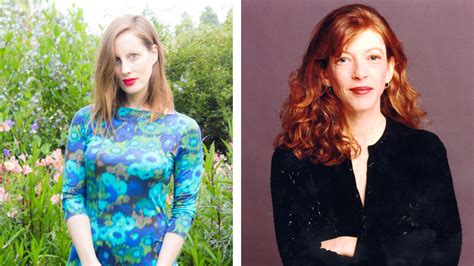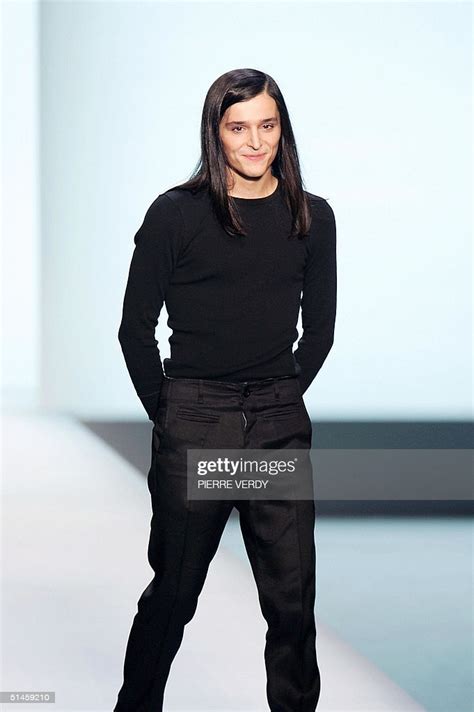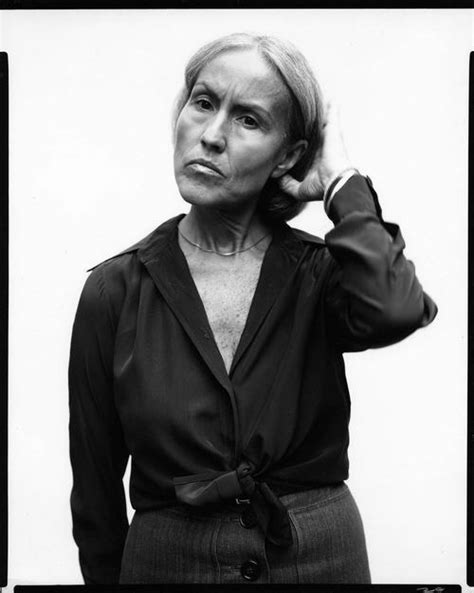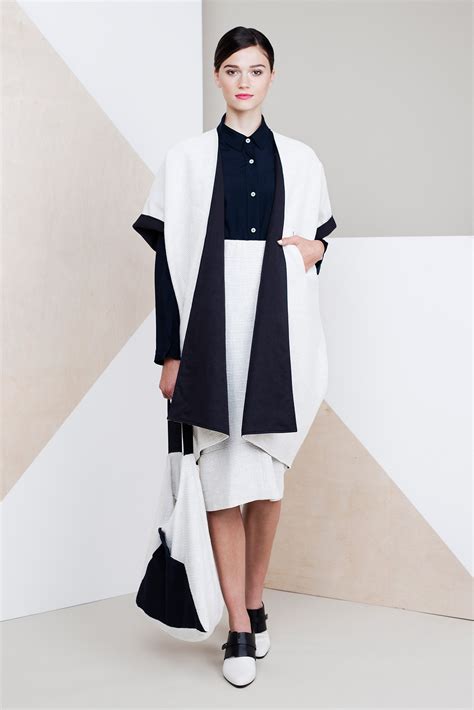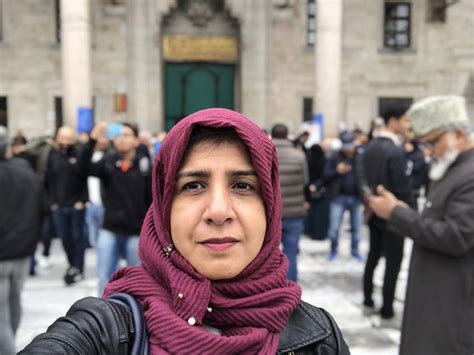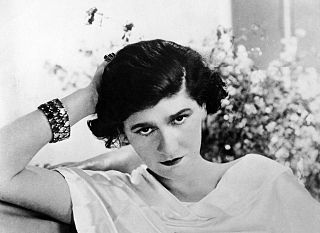A Quote by Emilia Wickstead
I was very aware of the fact that I was a young designer, and I didn't want to fall into the trap of 'mother of the bride' dressing and 'occasion-wear.' I wanted to make sure that girls my age were wearing it and that there was a cool factor to my clothes.
Related Quotes
I see a lot of people dressing very similarly, and I see brands being cool because of their name and because of who wears the brands, but that's always been the case. That's kind of the history of fashion. You know, celebrities wear their clothes and people think these celebrities are cool, and then the clothes become valuable. It gives clothes a commodity factor once a certain individual starts wearing that brand. But do I think there's something wrong? I think what's wrong with the fashion world, particularly men's fashion, is the lack of creativity behind it.
My advice is you've got to make sure you wear the clothes and not [let] the clothes wear you. It's quite simple in a way. Don't wear something you totally feel uncomfortable with, but take some chances. Play around a bit. I felt very uncomfortable in suits when I was younger, so what I just started doing was wearing suits when I was going to dinner. I used to overdress a little bit so I got used to wearing suits. Now wearing a suit is like wearing a track suit for me. So it's all good.
American women often fall into the trap of, "Oh, these are my weekend clothes. These are my work clothes. This is what I wear at night." It's so old-fashioned. The French are not afraid of their luxury. Americans can be so puritanical and think, "That's my special-occasion bag." Whereas, for a French woman, it's her everyday bag.
I always took a great interest in my clothes. My sister, who was 13 months older, and I always dressed alike, but as I got a little bit older, I didn't like that because I wanted to dress differently. So our mother would put Patty in blue and Polly in pink, or we would wear complementary colors, but the shapes we were wearing were always the same, and I was very interested in that. I also took great interest in my dolls and their clothes.
I have always dressed a little bit differently, even when I was in school. I would wear skirts over pants because I went to a Christian private school and wanted to wear short skirts, but we had to wear skirts below our knees, so I put on a pair of jeans underneath so I could wear the skirt, too. When you become an artist you have to be so aware of what you're wearing all the time, but I've definitely wanted to stay classy, girlie, and feminine - I won't walk around in my bra or trashy clothes. I don't feel attractive that way.
I wanted to start something in New York that focused on making products locally, and because I'd just had my second child didn't want to be traveling halfway across the world anymore. The idea was to have something wearable that fit with my reality, which was being a mom with two young kids and not always wanting to wear jeans. I still wanted to wear interesting clothes, and the options out there I found were either very expensive or very cheap. There was a big gap in the middle.
The idea was to have something wearable that fit with my reality, which was being a mom with two young kids and not always wanting to wear jeans. I still wanted to wear interesting clothes, and the options out there I found were either very expensive or very cheap. There was a big gap in the middle.
An Islamic writer recalls her joy in the clothes she wore as a young girl at a wedding: They were always in beautiful bright colors: crimson, pink, turquoise, purple, and embroidered with sparkling crystals, sequins and beads. ... The older girls and women would wear glamorous heavily-beaded silk blouses and long, princess-like skirts. I wanted to wear those fairy-tale clothes too. I longed even more to wear a sari which the women wore so elegantly and which flattered their curves.
Research is necessary. However, you need to make sure you don't fall into its trap. You need to have time left for writing. To avoid the trap, I just throw myself into the abyss while at the same time being aware that if I'm dealing with information I don't know enough about, I have to go to someone and talk about it.




